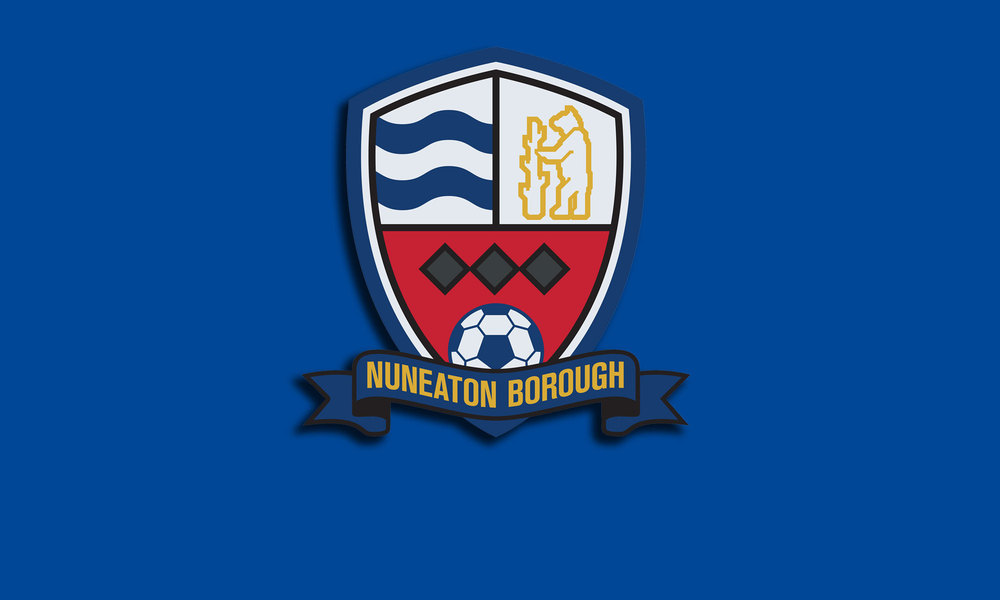
Although Nuneaton`s first venture into the Southern League in 1924/25 for two seasons was a dismal failure, and despite the poor support the club received in recent seasons in the Birmingham Combination and Birmingham & District League, the club decided take the plunge and apply for membership of the Southern League once again.
And in 1958, Nuneaton Borough were one of 17 new clubs elected to the Southern League which was split into three divisions.
Other Birmingham League clubs elected were Burton Albion and Rugby Town.
The other new teams elected were Wellington Town, Bexley Heath & Welling, Boston United, Cambridge City, Corby Town, Dover, Folkestone Town, King’s Lynn, Lanelly, Trowbridge Town, Tunbridge Wells United and Wisbech Town.
Borough were placed into the North-West Section.
The sections were: North-West:
Boston, Burton, Wellington, Wisbech, Peterborough United, Nuneaton, Corby Town, Kettering Town, Rugby, Kidderminster, Worcester City, Hereford United, Cheltenham Town, Gloucester City, Merthyr Tydfil, Llanelly Lovells, Bath City, Barry Town and Headington United.
South East:
King’s Lynn, Cambridge United, Cambridge City, Bedford Town, Chelmsford City, Dartford, Gravesend & Northfleet, Bexley Heath & Welling, Trowbridge Town, Guildford City, Tonbridge, Tunbridge Wells, Dover, Folkestone, Yeovil Town, Hastings United, Exeter City, Poole Town and Weymouth.
Nuneaton, Rugby and Burton were each fined the maximum amount of £100 for pulling out of the Birmingham & District League to join the Southern League.
Angus Morrison was appointed as Borough’s player-manager to lead them into the new surroundings of the Southern League.
The former Derby County and Preston North End left-winger had played 15 games for Millwall in 1957/58, scoring 4 goals.
He made well over 300 League appearances, including appearing in the 1954 FA Cup Final when he was on the losing side for Preston against West Bromwich Albion.
As Morrison looked at potential new signings, an amazing crowd of 1,800 turned up to watch a trial match at Manor Park which proved the directors were right to switch to the Southern League to rekindle interest in the town.
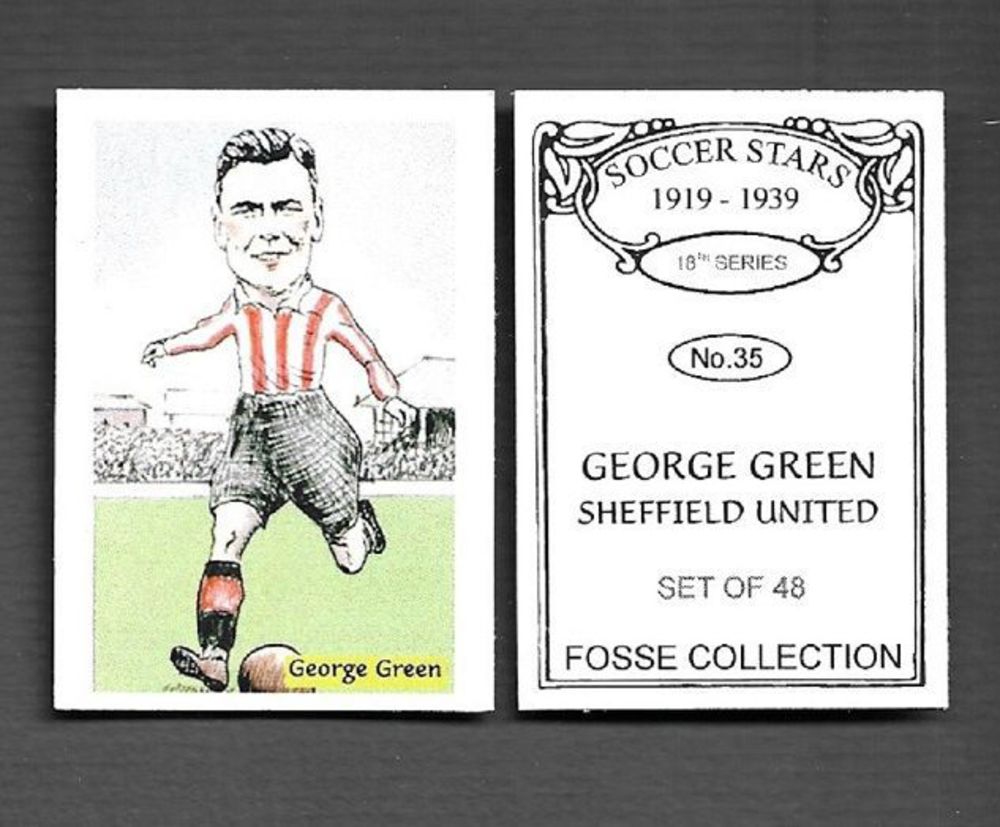
Rated as one of Nuneaton’s best-ever players, George Green went on to play eight games at full international level for England at wing-half between 1925 and 1928.
He began playing for local clubs in Leamington, his home town, before signing for Nuneaton Town, as they were known then, in 1921.
He soon became the `darling` of the crowd at Nuneaton, who were playing in the Birmingham & District League in those days.
After Green re-signed for the club ahead of the 1922/23 season, they were approached by several English League clubs with reference to his transfer.
Nuneaton communicated with the representatives of several clubs, and in some cases details of the proposed transfer were discussed.
At a meeting of the Nuneaton directors, representatives of Notts County were present, and after consideration, Nuneaton agreed to transfer Green, provided he was willing, at a substantial fee.
The next day, Green was interviewed, but declined to sign for Notts County, and expressed his intention of staying with Nuneaton.
But the constant knocking at the door of the club continued and in May 1923, Green, was transferred to Sheffield United.
Since joining Nuneaton from Leamington Town at the beginning of the 1921/22 season, Green had been one of the most consistent and hard-working players in the team.
Other clubs that had been interested in him included Aston Villa, Sunderland, Blackburn Rovers, Newcastle United, Birmingham, Notts County and Manchester United.
Nuneaton received a fee of £250 and when replying to supporters who felt he had been sold on the cheap, one club director was quoted as saying: “It was less than most would have expected, but it has to be remembered that transfer prices are rapidly falling, and the days of stupendous fees are over!”
Sheffield United certainly bagged a bargain as Green went on to make over 420 appearances for the Blades, scoring 10 goals, and was a member of the side that won the FA Cup in 1925.
He finished his career more or less where it began, with his local team Leamington Town before retiring in 1936.
He died in 1980 at the age of 79.
In terms of appearances for Nuneaton,
He made his Boro debut against Ramsgate in February 1962 on the left-wing.
He was described as a “manager’s dream” and the “ideal Southern League player” and “the perfect professional” from the managers he served under during his time at Manor Park.
He broke the previous club appearance record, held by Malcolm Allen, in November 1972.
He was finally released by Geoff Coleman at the end of the 1974/75 season.
Ken Plant (pictured) was born in Nuneaton and after leaving school he joined the Navy, spending a long time in Australia.
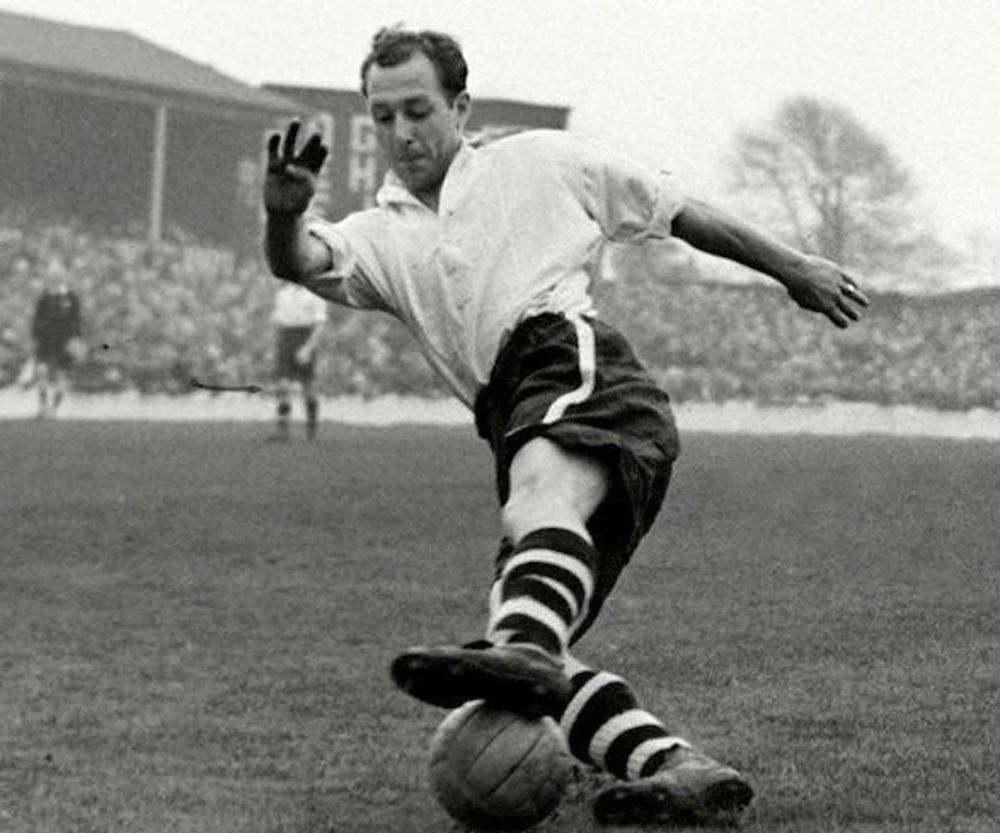
When he returned to Nuneaton after the Second World War in 1946, he joined his elder brother at Coton Villa and soon attracted attention, signing for Nuneaton in the Birmingham Combination.
He was a regular goalscorer and it was in the FA Cup run of 1949/50 when Boro reached the Third Round, losing 3-0 to Exeter with four unfit players, he came to the attention of League clubs, scoring 7 goals in 6 games.
A game against King`s Lynn at Manor Park saw Plant score both goals in a 2–1 win in front of an amazing crowd of 12,554.
Such was the interest then that a league game against Bedworth United in between two cup ties drew a 12,300 crowd.
Second Division Bury signed Plant in 1950 for £750 plus £250 when proven satisfactory and moved north, giving up his job at Sterling Metals.
After scoring 55 times in 121 games, he was transferred to Colchester United for £2,000 in 1954 where he scored 84 times in 197 appearances.
He remains Colchester’s fifth highest all-time league goalscorer and ninth in all competitions, and 41st in terms of all-time appearances.
In 1958 he returned to Nuneaton to join Angus Morrison’s side in the Southern League and again was a prolific scorer, netting 78 times in 122 games.
In 1961 he became player-manager at Atherstone United and then in 1962 joined Morrison again at Belper Town for two years.
He then retired from football, apart from helping Fred Badham with coaching back at Nuneaton.
Ken Plant is one of five players to have scored over 100 competitive goals for Nuneaton. However, top of the pile is Paul Culpin, who netted 201 and in one of several times he returned to the club, scored 55 times during the 1992/93 season alone to set a new club record.
He began his career at Leicester City, where he was the reserve team player of the year and leading scorer in the 1981/82 season.
Despite that, he was released at the end of that campaign and joined Nuneaton for the first time in October 1982 after a season in the Finnish league with Grankulla IFK.
He netted 24 goals in 15 appearances in 1982/83, including a hat-trick against Bath City and a double hat-trick against Redditch United.
The following season saw Boro finish as runners-up behind champions Maidstone United, and Culpin scored 54 goals, which equalled Tony
Richards’ haul in 1966/67 and included 41 league goals.
He made five appearances for England at semi-professional level, scoring a hat-trick against Holland in June 1985 and in the same month he made a £50,000 move to Coventry City, scoring on his debut at Villa Park.
Despite being a regular goalscorer for Coventry reserves, first-team chances were limited, and he moved on to play for Northampton Town, where he made 63 appearances with 23 goals, and Peterborough United, for whom he notched 14 goals in 47 games.
Following a short spell with Hereford United, Culpin re-joined Nuneaton in April 1992 and in his second spell with the club scored 72 goals in 102 appearances, including that 55.
In total, he made 239 appearances for Nuneaton, plus 13 as substitute, and scored 203 goals.
He finished his playing days in the Leicestershire Senior League with Kirby Muxloe.
Malcolm Allen signed for then-Southern League First Division club Nuneaton Borough in 1961, having previously played for Coventry City, who he joined from school.
He spent four years at Coventry before joining Rugby Town, and during that spell, he had trials with Derby County.
He was captain of the Army and Combined Services teams before signing for Nuneaton.
A stylish ball-playing wing-half, he was at his peak in season 1962/63 when Nuneaton were promoted to the Southern Premier Division and got to the final of the Southern League Cup, where they were defeated over two legs by Guildford City.
During one of the finest seasons ever experienced by the club, 1966/67,
Nuneaton took second spot in the league, losing the championship by a single point to Romford.
The team also reached the Third Round of the FA Cup, where Allen was outstanding in the ties with Swansea Town and Rotherham United in front of 20,000-plus crowds.
Allen, who made over 470 appearances for Boro, was appointed manager in March 1970, holding the position until May 1971 when he was replaced by David Pleat.
Nuneaton’s longest-serving player was offered terms to stay as a player but rejected them and left Manor Park.
In August 1971 Allen was revealed as the new player-manager of West Midland (Regional) League side Atherstone Town.
Trevor Morley (pictured with former Boro and Cobblers team-mate Richard Hill) was on the books at Derby County before joining Corby Town.
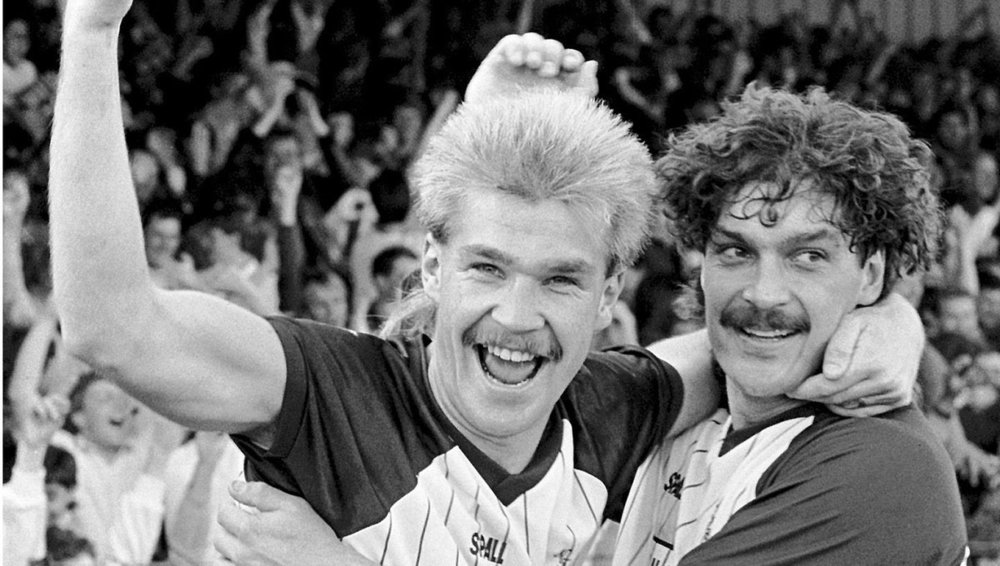
The Nuneaton boss at the time, Graham Carr, signed Morley for £5,000 from the Steelmen in January 1981 but he was unable to turn around his new club’s fortunes and Boro lost their struggle against relegation from the Alliance Premier League and were relegated to the Southern League Midland Division.
Morley became a cornerstone of the side that won promotion in 1981/82 and finished second in the Alliance Premier/Gola League in seasons 1983/84 and 1984/85.
Morley made 222 appearances for Nuneaton, scoring 65 goals and also played in six semi-professional internationals for England.
In June 1985 he joined former Boro manager Graham Carr at Northampton Town in a £30,000 deal and captained the Cobblers to the Fourth Division title in season 1986/87.
During his time at the County Ground, Morley was recognised as a cultured attacking or midfielder, and scored 39 league goals in 139 appearances.
His efforts with Northampton won him a move to Manchester City, who paid £235,000 for his services.
After almost two years and 72 games for City, he moved to West Ham United in a deal that saw Ian Bishop also move to Upton Park - Morley being valued at £450,000.
After finishing top scorer for West Ham in the 1990/91 season when the Hammer were promoted to the First Division, he scored only 5 goals in 32 appearances as West Ham were relegated the following season.
Back in the Second Division, Morley flourished again and was top scorer with 22 goals in 49 appearances with the Hammers again promoted after finishing runners-up to Newcastle United.
Following another barren spell at the top level, Morley was allowed to leave Upton Park and joined Reading, where he played between 1995 and 1998.
He received a terrible facial injury in a clash with John Gittins of Portsmouth and had to have to have reconstructive surgery and plates fitted into his skull.
After 76 games and 31 goals for the Royals, he played in Norway for Sogndal before taking up a scouting role with Arsenal.
He took on a managerial role with Norwegian fifth division club SK Bergen Sparta, before moving into other non-footballing roles as well as working as a TV pundit.
Nuneaton`s record signing and record sale both occurred in the summer of 2000.
Their record signing came in June when they shelled out £35,000 on striker Marc McGregor from Forest Green Rovers.
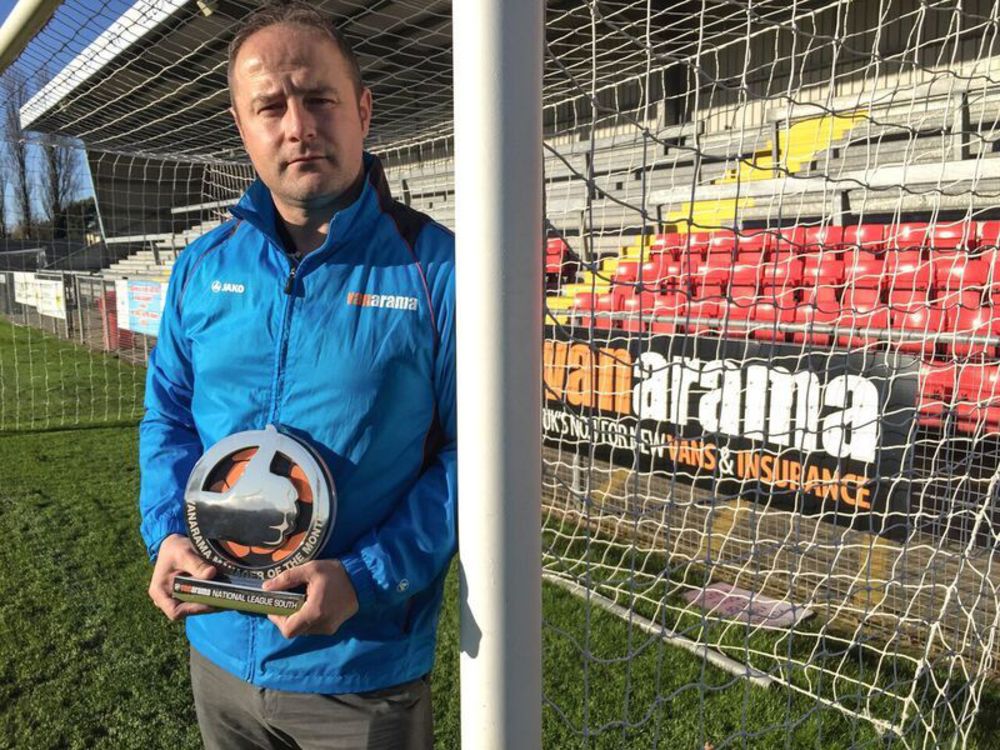
The 22-year-old former Oxford United trainee put pen-to-paper on a two-year deal after hitting 16 goals in total for Rovers in 1999/2000 and was capped at England semi-professional international level.
McGregor had been on trial with Manchester City earlier in the year and had also attracted interest from Bristol City.
He went on to play 67 times for Boro, scoring 24 goals before leaving for Tamworth in August 2003.
He had a spell with Weston-super-Mare in 2006/07 and also turned out for Hinckley United before re-joining Weston.
A season with Worcester City in 2009/10 and a short spell with Bishops Cleeve preceded a return to Weston in 2011/12 where his playing days ended but his coaching career began.
McGregor took over as manager of Weston in the summer of 2017 and guided the North Somerset club to a 12th place finish in the National League South in his first season.
But he was sacked in March 2019 with the Seagulls struggling to avoid the drop.
In January 2020, he joined National League South outfit Chippenham Town as part of their coaching team.
The club`s record sale came less than a month later when striker Andy Ducros was sold to Kidderminster Harriers for an initial £80,000 which rose to £100,000.
Harriers had just won the Conference title to win promotion to the Football League for the first time.
The then-22-year-old Ducros was impressed by Harriers’ manager Jan Molby and his ambitions for the club.
It was a return to the League for Ducros, who started his career with Coventry City, where he progressed from the youth team to make 10 senior appearances for the Sky Blues in the Premier League.
He signed for Nuneaton in August 1999 and played just the one season for the club, making 36 appearances and scoring 9 goals for the then-Conference side.
He did come back to Boro during the 2002/03 campaign when they were struggling and were eventually relegated back to the Southern League.
Ducros made another 5 appearances for the club, netting once.
He moved from Kidderminster in 2003 to sign for Burton Albion, having played 64 times for Harriers but only managed to find the net 4 times.
He spent four years with the Brewers, totalling 132 games with 12 goals, before going on to have spells with Solihull Moors, Redditch United and home-town club Evesham United before hanging up his boots in January 2011.
Nuneaton`s previous highest sale prior to Ducros was another striker, Malcolm Christie.
Borough signed Christie from Deeping Rangers in March 1998 after he had scored 22 goals in the Peterborough Senior League.
And, like Ducros, Christie`s career with Nuneaton was a brief one as in October 1998, he signed for then-Premier League Derby County, whose mercurial boss Jim Smith won the race for the still teenage prospect.
The fee was a complicated one based on games and sell-on clauses and actually may have exceeded Ducros` fee by a considerable amount because, after 116 games and 30 goals for the Rams, plus 11 caps and 3 goals for England at under-21 level, Christie joined Middlesbrough for £1.5m in 2003, but his career at the Riverside was restricted to just 49 appearances with the player suffering a succession of injuries.
During his four-and-a-half-year spell at Boro, Christie suffered two broken legs and a fractured foot. His last senior appearance came in April 2007 for Middlesbrough.
He had a brief spell with Leeds United but at the age of just 32, Christie was forced to hang up his boots after a spine injury suffered in training limited his chances and started working for Aston Martin in Houghton- le-Spring.
And the slight confusion regarding Nuneaton`s record fees received continues when, in February 1997, midfielder Darren Bullock (pictured) moved from Huddersfield Town to Swindon Town for £400,000.
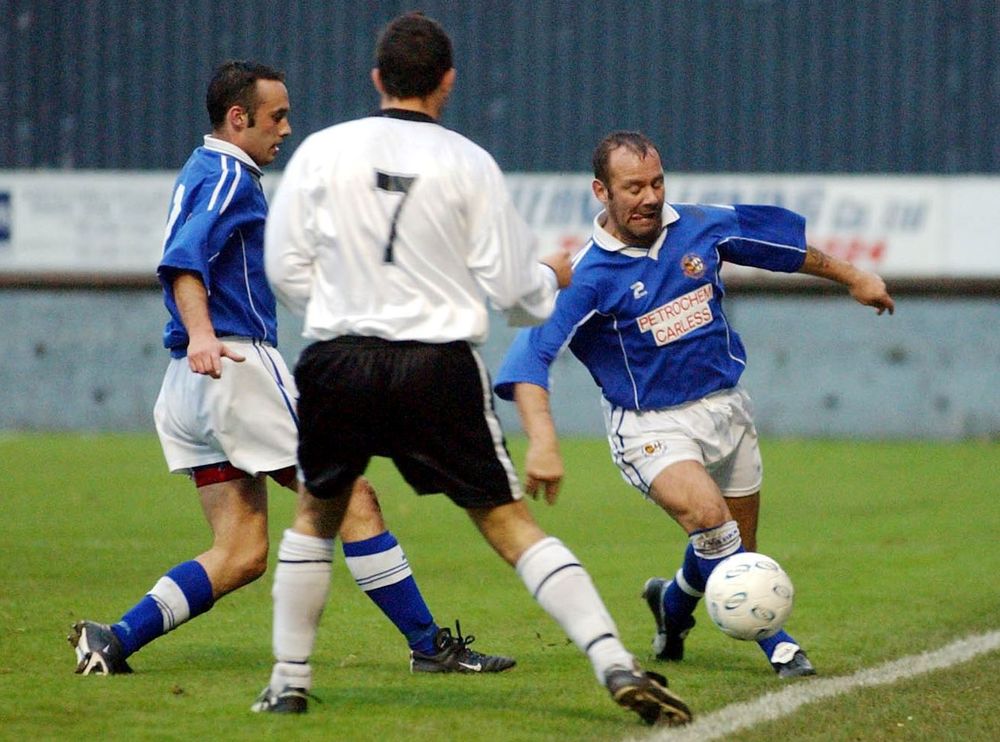
The deal was good news for Boro, who originally received £60,000 for the player known affectionately to the Manor Park faithful as `Mad Dog`. As part of a sell on clause they will receive 17.5% of the profit made by the Terriers, which netted them £59,500.
Bullock signed for then-Southern Midland Division club Nuneaton in the summer of 1992, brought in by manager George Rooney from West Midlands (Regional) League side Malvern Town.
He helped Boro to win the Midland Division title in his first season and speculation was rife that he was on the radar of FA Premiership neighbours Coventry City.
However, in November 1993, Bullock signed for Second Division Huddersfield Town in a deal worth £60,000 – a record fee for a Nuneaton player.
The midfielder was signed by someone who knew all about non-League football, Neil Warnock, on a two-and-a-half-year deal.
Boro received an initial £40,000 with a further £20,000 to come depending on appearances.
Well, they certainly received that as Bullock went on to play 128 times for the Terriers, scoring 17 goals.
In 1997, he moved to Swindon Town for £400,000 where he made 71 appearances and scored twice during two years at the County Ground.
A £200,000 fee took him to Bury where he added 63 games to his tally and also had loan spells with Rushden & Diamonds and Sheffield United, where he was re-united with Neil Warnock.
In 2001, he returned to non-League football with Southern Premier Division Worcester City
But he was sacked by Worcester over disciplinary problems in March 2002 – he had been sent-off twice in six games.
He then turned out for Evesham United and Bromyard Town before returning to play for Malvern in February 2004.
He later had a spell as manager of Midland Combination side Archdales '73.
Nuneaton`s tenure as a Southern League club mean that there are a plethora of players who could be featured here.
Amongst others worthy of note include former internationals such as goalkeeper Johnny Anderson, capped once by Scotland in 1954, who played for Boro for most of the 1961/62 season.
Born in Renfrewshire, Anderson was one of the smaller contingent of keepers as many were in the 50s and 60s.
After playing for Arthurlie, he moved south to join Leicester City in December 1948 and went on to make 277 appearances for the Foxes.
After being capped at `B level, he won his only full cap for Scotland in their final preparation match for the 1954 FIFA World Cup, against Finland.
He left Leicester in the summer of 1960 and played for Peterborough United in their first season as a Football League outfit before joining Nuneaton.
After leaving Boro, he played briefly for Bedworth Town whilst setting up a painting and decorating business in Leicester.
Another Scottish international keeper in Jim Blyth also had a short spell with Nuneaton in 1985/86.
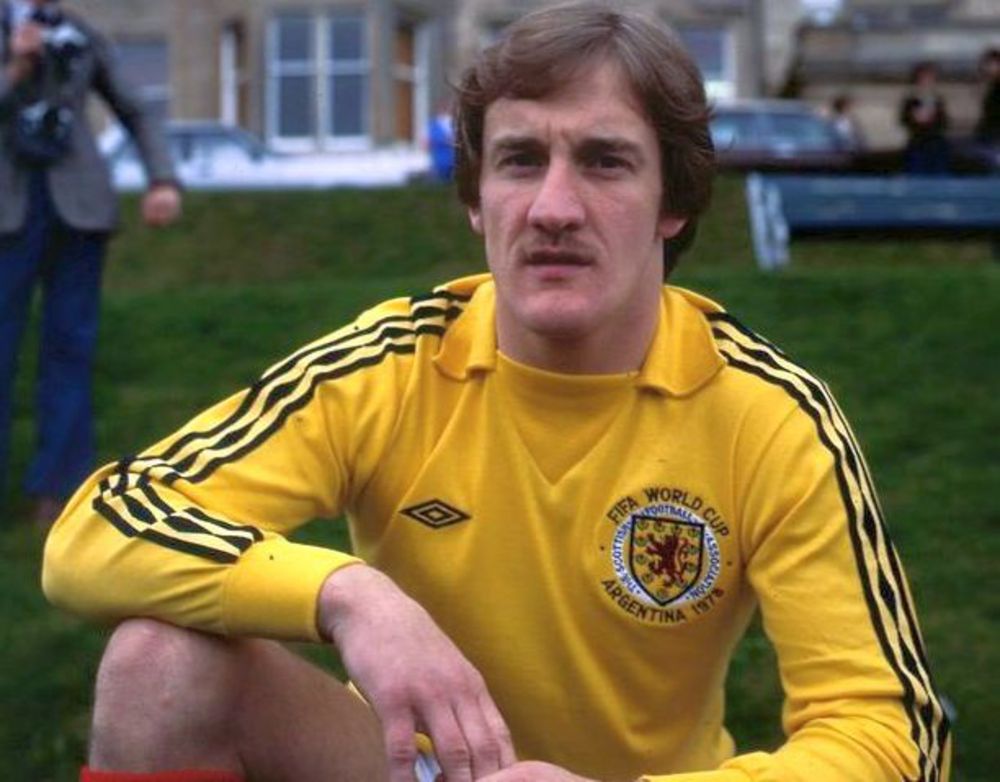
Blyth (pictured), who won two caps for Scotland in 1978, also saw regular First Division service with Coventry City and Birmingham City after starting out at Preston North End.
He later became a successful keeper coach.
Another Scotsman Gerry Baker scored 10 goals for St Mirren in a 15-0 Scottish Cup win over Glasgow University in 1960 and that was enough for Manchester City manager Les McDowall to lure him to Manchester City.
Playing alongside the likes of Denis Law, Peter Dobing and Colin Barlow, Baker did well, making 37 appearances and scoring 14 goals.
But within 12 months, he was back in Scotland with Hibernian.
He continued playing until 1975, retiring with almost 200 goals to his name in 477 club appearances.
He also scored twice in seven internationals for the USA where he was actually born before moving to Scotland as a youngster.
His brother Joe was probably the best known of the brothers, playing for the likes of Arsenal, Nottingham Forest and England and being a relative success in Italy.
After spells with Ipswich Town and Coventry City, Baker was player-manager of Southern League Margate in the summer of 1970, replacing the legendary long-serving Almer Hall.
But he was limited by several injuries, first a dislocated shoulder in August 1970, then broken ribs in the November.
Despite these injuries, he played a total of 48 games for Gate, scoring 16 goals before leaving the club in September 1971.
He joined Nuneaton in October 1971 and played 54 games, with 15 goals under David Pleat for one season, followed by spells with Bedworth United, Worcester City and Racing Club Warwick.
One of the more unusual international signings by Nuneaton was Eddie Freimanis.
Back in the days when non-League clubs could field professional players who were on the transfer list with their League club, Freimanis signed for Boro in 1950 whilst on Northampton Town’s list at £2,500.
The Latvian centre forward played for Peterborough United in the Midland League before joining the Cobblers and scored 25 goals in 15 matches,
including a hat-trick against Shrewsbury Town.
Freimanis came to this country as an interpreter after playing for Dinamo Riga, Daugavieši and from 1942 to 1944 in the Riga select side and represented the Latvian national team twelve times. His last appearance for his country was when scoring two goals against the Russian Dynamos.
After World War II Freimanis ended up in the West, from 1945 to 1946 he played in Greven, the next season he moved to Holstein Kiel, helping them to finish runners-up in the Schleswig-Holstein championship play-offs in the summer of 1947 and in the following year he settled in England.
His first club there was United Counties League side Eynesbury Rovers, but in the 1947/48 season he became the first Latvian footballer to play in a professional football.
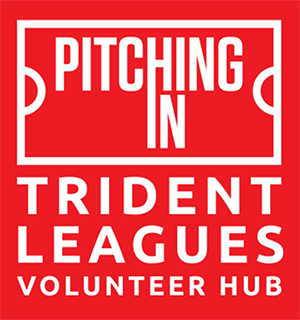
Most clubs are looking for volunteers. Find out more on the button below:
www.PitchingInVolunteers.co.ukAll the news and results in one place.
REGISTER